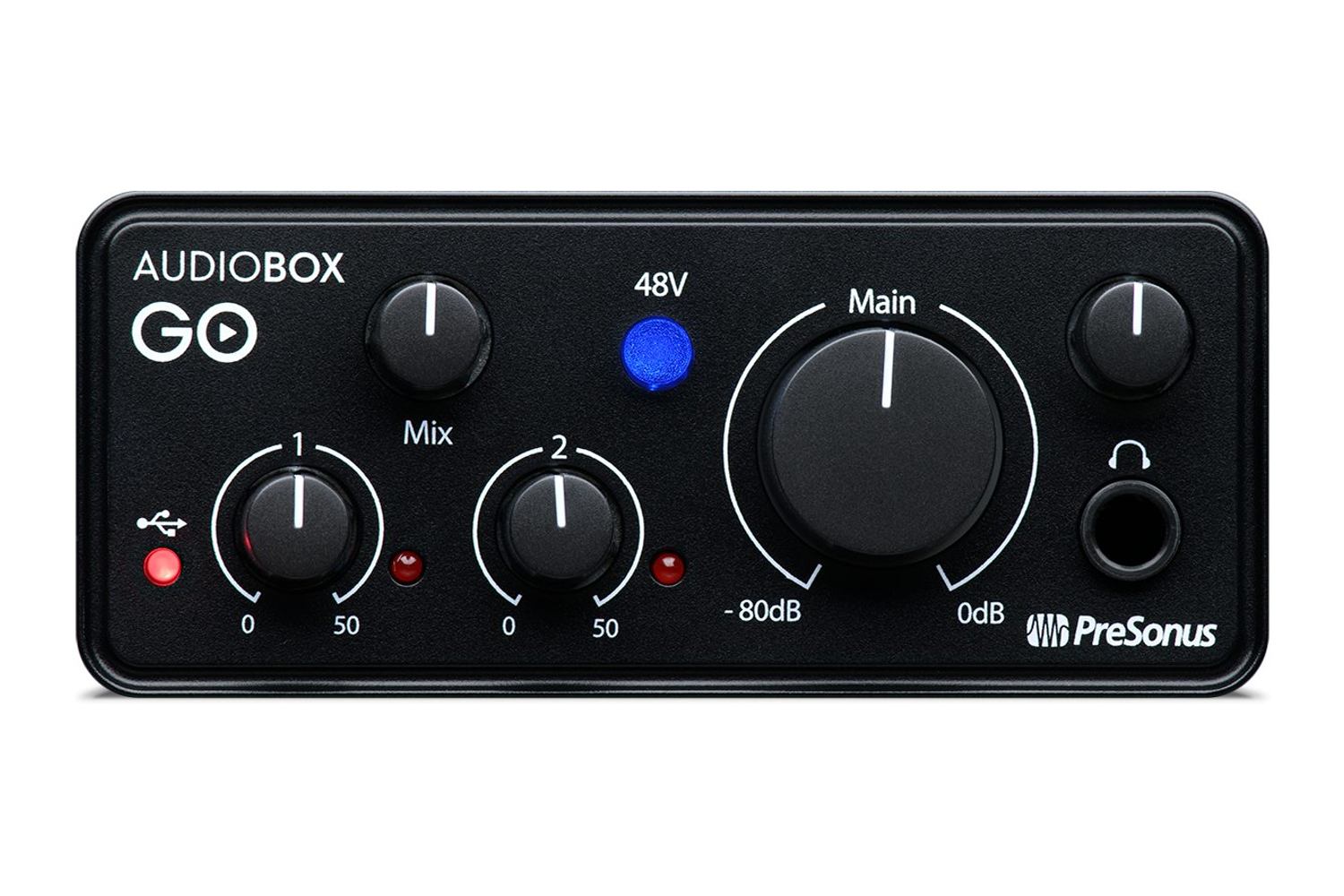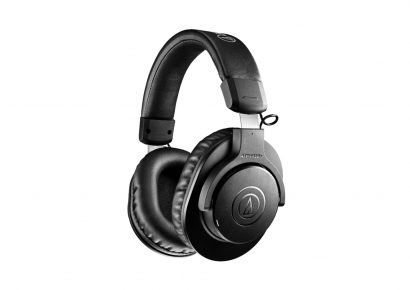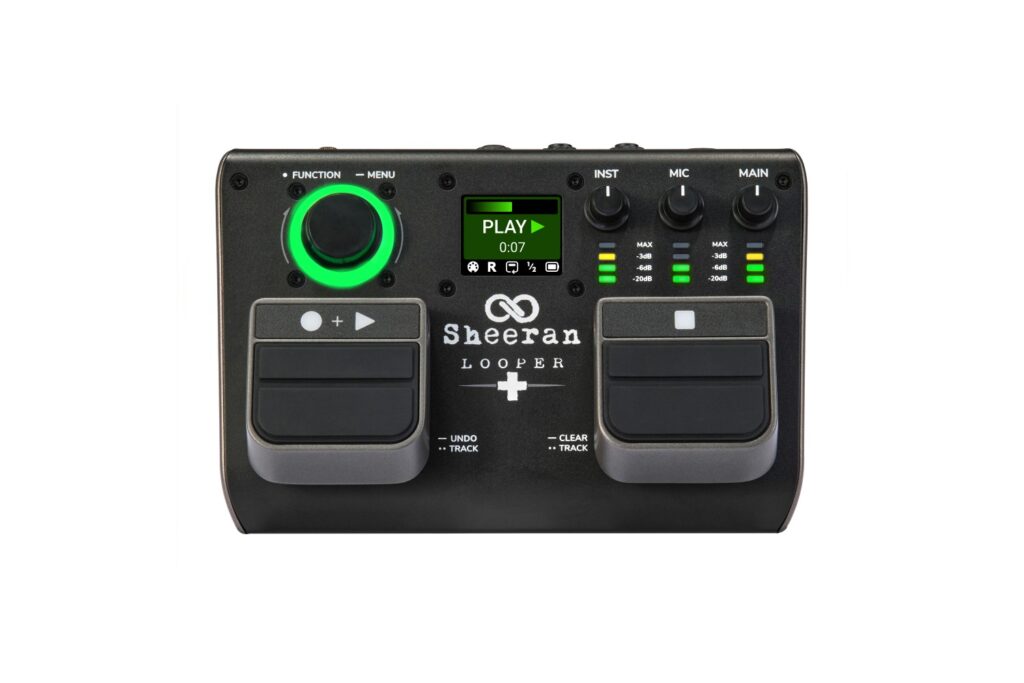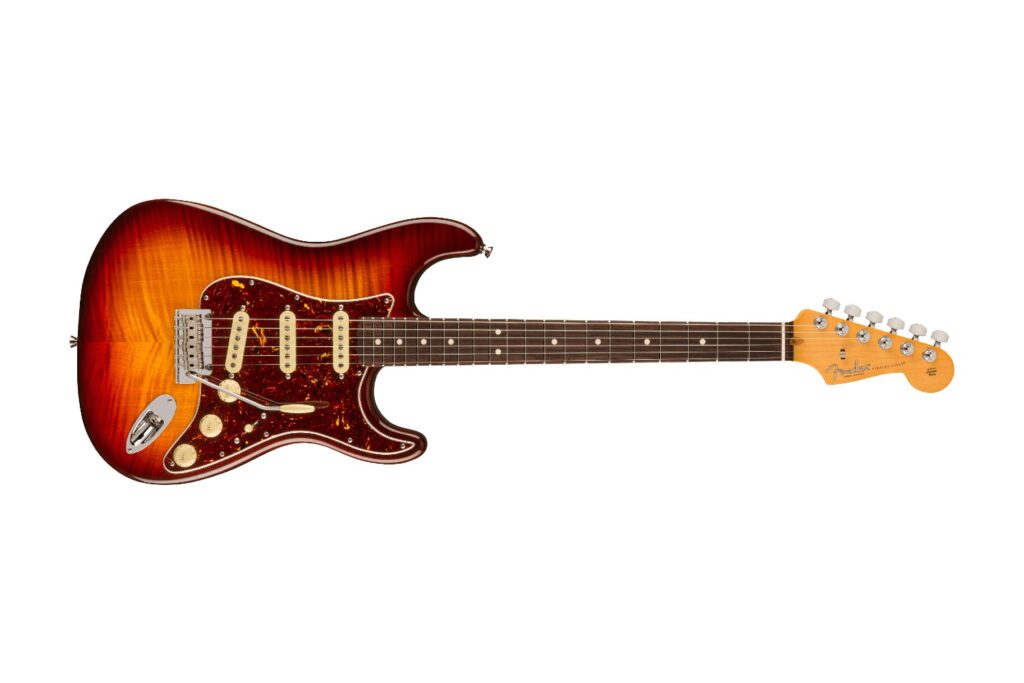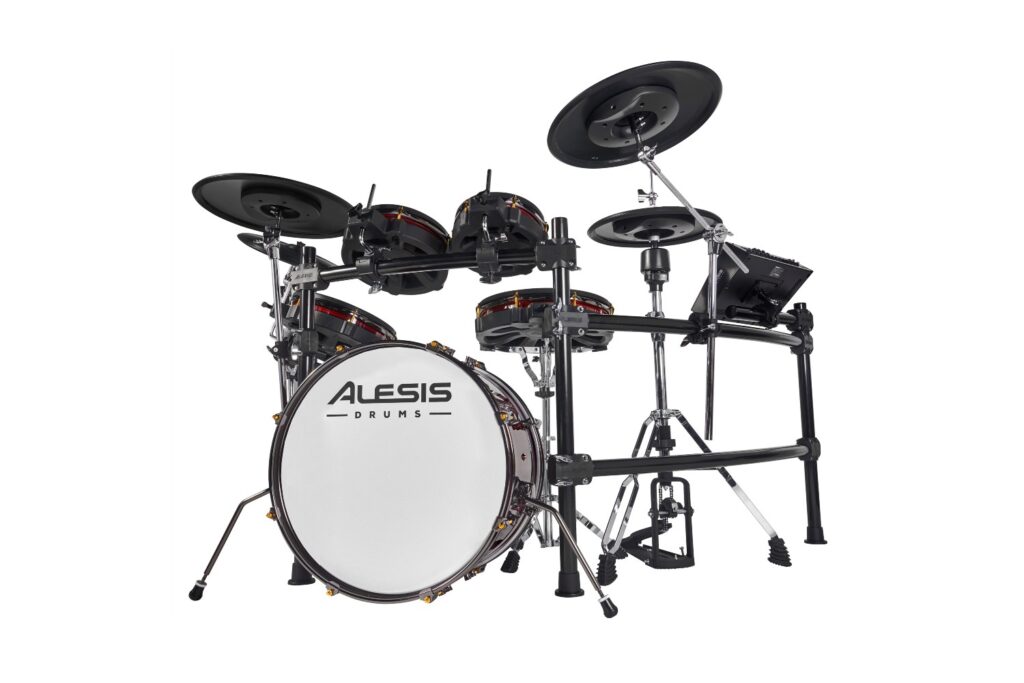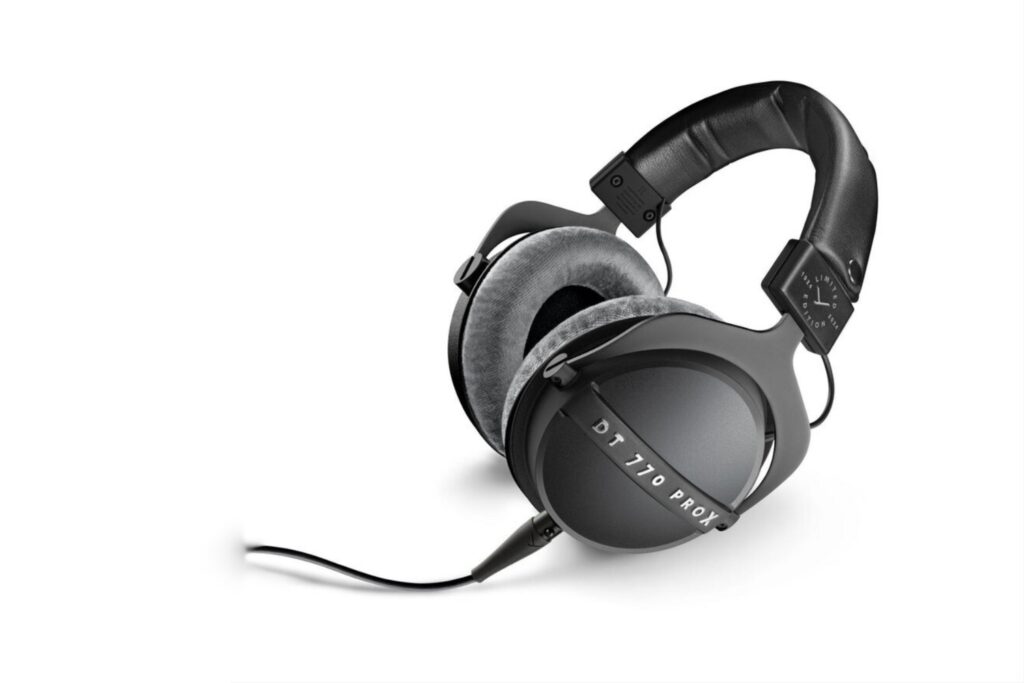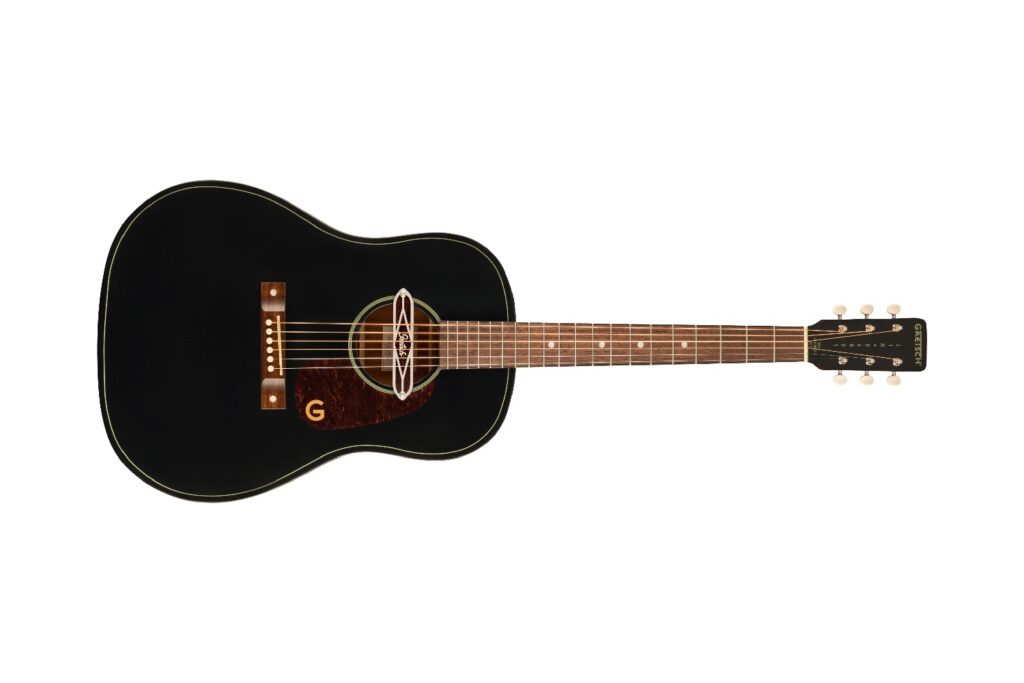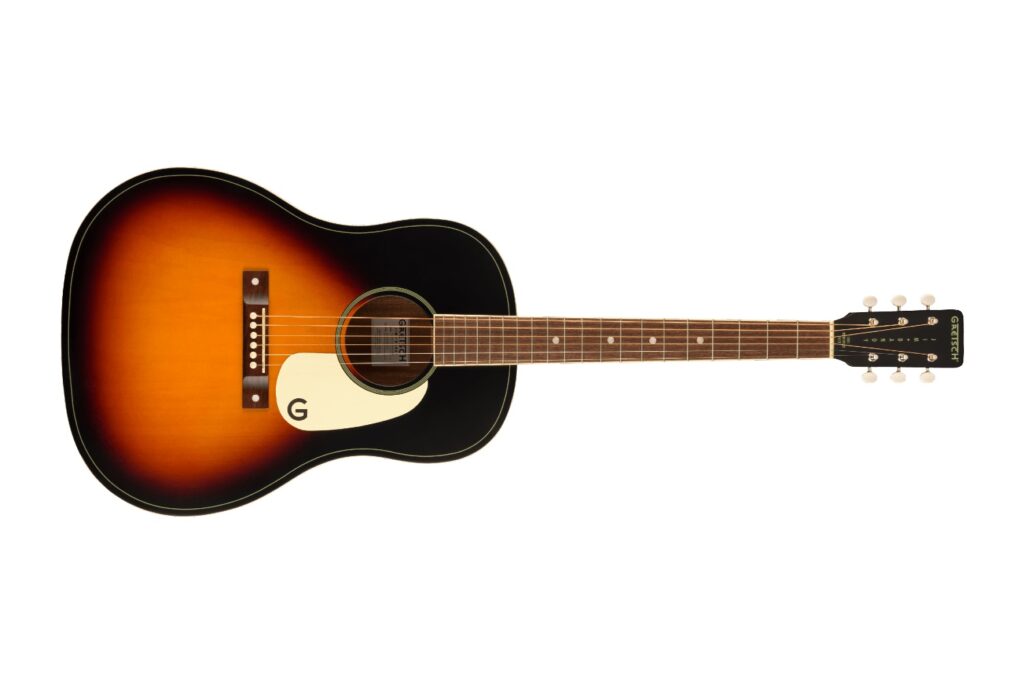Link Audio | RRP $139
Restlessness. Writer’s block. Limited creative opportunities. If there’s anything that two years of pandemic-tainted productivity has taught music creators, it’s that getting out and about gives variety and edge to your work. A writing trip, podcasting on location, a local music collab – this stuff disperses creative stagnancy so you can stay progressive and connected when you hit the studio. Better even – what if you could take a bit of the studio with you?
Catch up on all the latest music gear reviews here.
The latest addition to the PreSonus family is the AudioBox GO, their smallest, lightest, most portable USB audio interface. With a price tag of $139, it’s not only perfect for budding creators on a budget – it’s a quality, no-frills solution for artists and producers that write and record on the move. With a name that literally has the word ‘GO’ in it, it achieves what it sets out to do. This inexpensive, lightweight little workhorse can handle field trips and jaunty commutes, and despite its streamlined features it’s super adept. For the friendly price tag it boasts decent audio quality, and comes with a free licence for PreSonus’ own DAW software Studio One Prime and Studio Magic. Compatible with Mac, PC, and mobile devices, the AudioBox GO makes sense for both casual and professional use. However, the real kicker is how it represents that bit of flexibility and flavour in any stage of your creative ventures.
When you first pick it up, the AudioBox GO is easy to find your way around. It’s a solid little 2×2 USB audio interface weighing around a mere 220g, with matte black hard plastic casing and rotary knobs. Its aesthetic is a bit simplistic, but perhaps that’s the point. The unit may spend its whole life on your desk if you have a laptop-based studio setup, or out about town in your backpack. Either way though, it’s designed to be compact, user-friendly, and the knobs are pleasantly tight to twist.
PreSonus may have spent less money with lighter casing materials, but the hardware features solid design aspects. The front panel has a TRS 1/4” stereo headphone jack, a +48V phantom power switch, gain knobs for both channel inputs, and three separate knobs for controlling the volume of the mix, main monitors, and headphones. Those separate controls for the monitors and headphones are super nifty and give an understated value to such a moderately priced unit. On the back panel there’s two 1/4” TRS main outputs for hooking up to monitors, a mic/line XLR combo socket and a hi-z 1/4″ TRS instrument input. There’s also a USB-C connector to plug straight into your laptop. The bonus is that it’s bus-powered via USB so no power pack is required.
One of the AudioBox GO’s distinguishing features from other entry-level USB audio interfaces is its audio quality. Sure, it doesn’t have a MIDI input/output or a sleek, metallic detailing in the look, but it can record at sampling rates of up to 24-bit, 96 kHz. It features an XMAX-L Class A solid state mic preamp, which is based on the steller preamps in PreSonus’ StudioLive mixers. These preamps sound nice and flat with a subtle colouration – a bit of clarity in the top end, a little scooped out of the mids. It sounds transparent enough to make it a solid, versatile choice when recording any range of instruments. The phantom power and 50dB of variable gain also makes it suitable for a wide range of microphones, and it has an incredibly low noise floor when the gain is turned up fully.
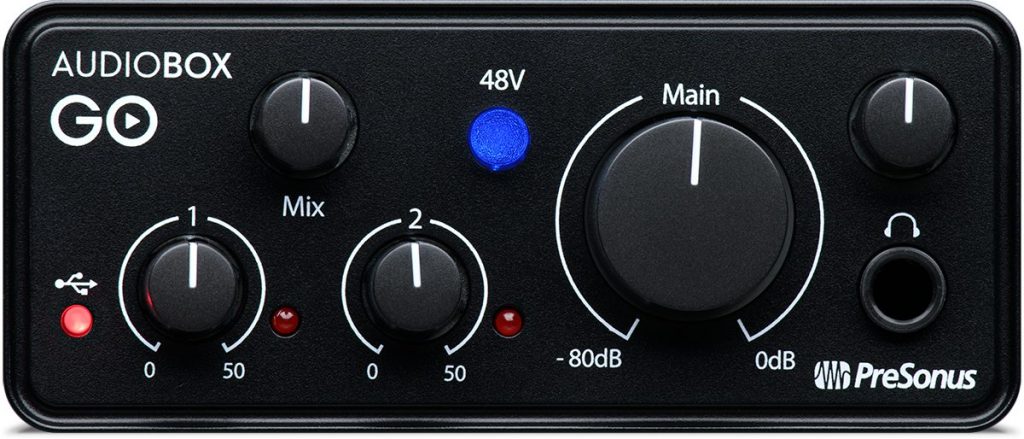
The Studio One Prime DAW and Studio Magic software has an impressive collection of samples, virtual instruments, tutorials, and plugins, including some juicy ones from Lexicon and SPL. If you’re keen to have a spontaneous writing session wherever you find yourself, these libraries of sounds and utilities will flesh out your ideas beautifully. Upon first use the DAW appearances initially come off as being slightly ‘cramped’, but it doesn’t take long to find your way around and dive into a session, novice or not. The workflow is intuitive, with a balance struck between practical functionality and comprehensive user parameters. This makes you feel like you can quickly go down the rabbit hole in your creative process without getting too distracted by the tools.
Little, lightweight yet reliable in quality, The PreSonus AudioBox GO may be the best bang for your buck when it comes to entry-level audio interfaces. Any producers, musos, and content creators will be more than satisfied with this for making some spontaneous mastery in the studio, bedroom or on-the-go.
Having a portable creative domain can be overlooked if you’re a creature of habit dedicated to the one cave that is your studio space. Totally, it makes sense to hole up in one spot with minor distractions. Yep, it’s industry standard to have the big ticket pro audio gear on hand when making something from scratch. However, there’s a magic to behold in expanding your creative zone, going on walkabout with a portable mic and audio interface, and recording whatever bolt from the blue that comes to mind.
Head to PreSonus for more information. For local enquiries, reach out to Link Audio.
